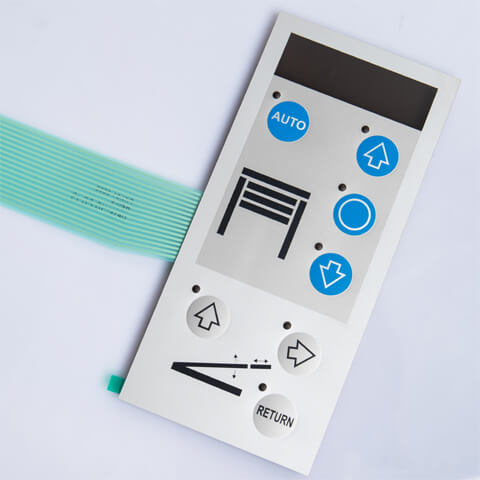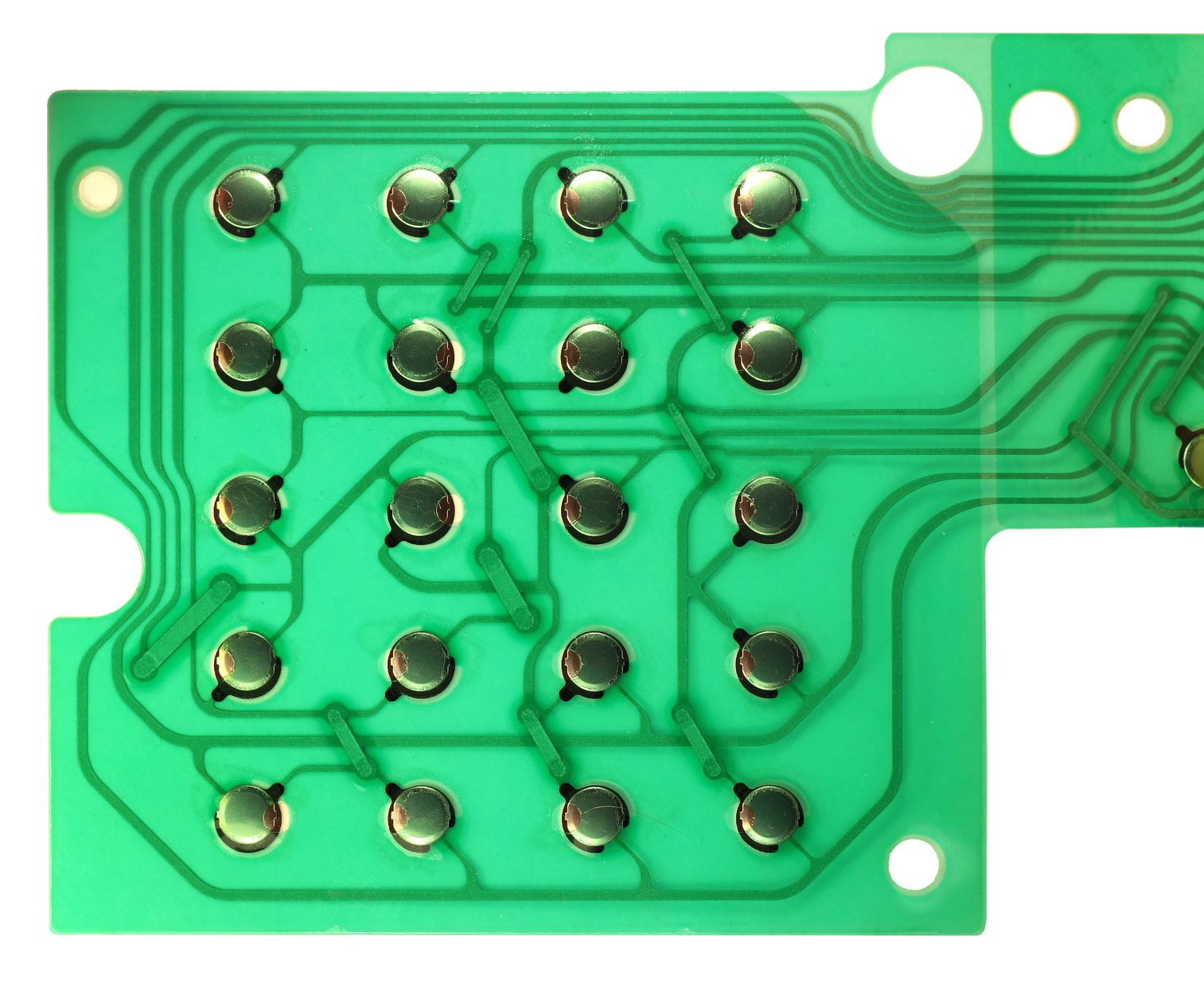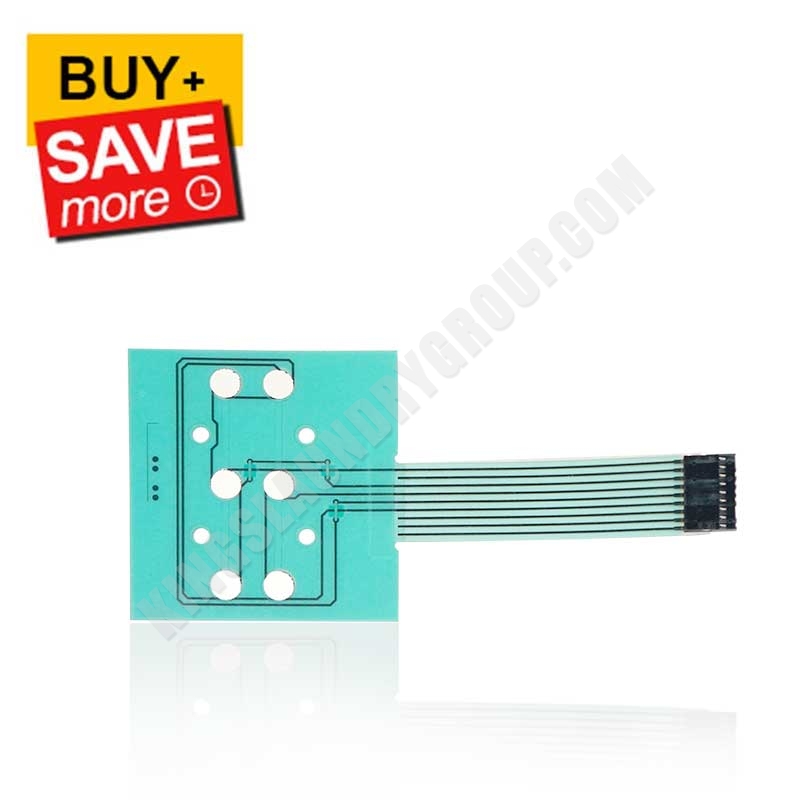Discover Different Sorts Of Membrane Switch Technologies for Your Requirements
Discover Different Sorts Of Membrane Switch Technologies for Your Requirements
Blog Article
The Function of Membrane Layer Changes in Enhancing Device Use and Visual Appeal
Membrane layer switches stand for a considerable advancement in customer interface technology, seamlessly incorporating functionality with visual allure. Their style is not just useful, supplying responsive controls in a small type, but also personalized, permitting for distinct branding and aesthetic interaction. As sectors progressively prioritize individual experience, the ramifications of these functions extend beyond plain ease, affecting product style and consumer satisfaction. What remains to be discovered is how these elements will certainly evolve in feedback to emerging trends and technical developments, forming the future of human-device communication.
Comprehending Membrane Switch Technology

The visuals overlay works as the visible surface area, usually published with symbols and labels that assist customer communication. Below this layer, the spacer acts as a separator, guaranteeing that the conductive layer only makes call when a switch is pushed. The conductive layer, typically constructed from a conductive ink or product, finishes the circuit and sends out signals to the tool's electronic devices.
Sturdiness is a considerable advantage of membrane switches, as they are immune to wetness, dirt, and impurities, making them suitable for numerous settings. Furthermore, membrane layer buttons can be personalized in terms of shape, size, and design, permitting suppliers to tailor user interfaces to details device demands. This flexibility contributes to their prevalent use across sectors, from consumer electronics to clinical tools.
Use Benefits of Membrane Buttons
The functionality advantages of membrane switches appear in their intuitive layout and straightforward attributes. These buttons assist in straightforward interaction by integrating tactile comments and well-known symbols, which improve the individual experience with clear interaction of feature (Membrane Switch). The flat account of membrane switches enables easy assimilation right into different gadgets, reducing the learning contour for customers unknown with complex controls
Additionally, membrane layer buttons are commonly created with sensitivity in mind, allowing individuals to involve with controls effortlessly. This particular is particularly valuable in atmospheres where quick actions are crucial, such as clinical devices and industrial equipment. Their resistance to dampness and contaminants even more guarantees dependable procedure, promoting customer confidence in diverse settings.
Additionally, membrane layer switches can be tailored to fit certain applications, fitting distinct customer needs and choices. This versatility fosters a sense of ownership among individuals, as they can interact with controls that feel tailored to their needs.
Visual Enhancements Through Layout
Visual enhancements play a substantial duty in the overall appeal and performance of devices geared up with membrane buttons. These switches supply functional layout opportunities that can be customized to fulfill brand identification and customer choices. The ability to include vivid colors, personalized graphics, and differed appearances permits producers to produce aesthetically striking user interfaces that resonate investigate this site with individuals on an emotional level.
The flexibility of membrane button style also assists in the integration of distinct forms and designs, adding to a streamlined appearance that enhances the customer experience. This not just makes gadgets a lot more appealing however likewise help in instinctive navigating, as users can easily recognize practical locations and controls. Furthermore, progressed printing innovations make it possible for the recreation of elaborate layouts and high-resolution photos, better raising the aesthetic top quality.
Furthermore, the use of backlighting in site web membrane buttons can considerably boost visibility and appeal, specifically in low-light environments. This mix of aesthetics and functionality fosters an interesting user experience, making devices not only extra delightful to make use of however likewise much more straightened with contemporary style fads. Inevitably, aesthetic improvements via careful membrane layer switch design can transform average tools right into engaging, user-friendly products.
Applications in Different Industries
In many industries, membrane layer buttons have become important components that enhance functionality and usability throughout a large range of tools. These innovative switches discover applications in fields such as health care, consumer electronic devices, auto, and commercial tools.
In the medical care industry, membrane layer switches are commonly made use of in clinical tools, such as analysis devices and client monitoring systems, where they give instinctive user interfaces that boost individual interaction while keeping health. In customer electronic devices, membrane layer switches promote user-friendly controls in appliances, remote controls, and video gaming devices, supplying seamless procedure and visual allure.

Future Fads in Membrane Layer Switches
Arising trends in membrane layer buttons are readied to change interface throughout numerous applications, driven by advancements in innovation and raising consumer demands for performance and design. One notable pattern is the consolidation of capacitive touch modern technology, which provides a much more receptive and modern-day user experience contrasted to traditional mechanical switches (Membrane Switch). This shift not only enhances usability but also enables for sleeker gadget aesthetic appeals
Additionally, the integration of personalized graphics and backlighting is coming to be progressively preferred. Suppliers are leveraging cutting-edge printing strategies and LED innovation to create aesthetically engaging user interfaces that satisfy details individual requires while enhancing device visibility in various lighting conditions. This personalization cultivates a stronger psychological link in between customers and their gadgets.

Verdict
Finally, membrane switches over significantly improve both use and visual appeals in contemporary tools. Their intuitive layout, responsive controls, and personalized graphics facilitate user interaction, particularly in vibrant settings. Furthermore, the incorporation of lively shades and backlighting not just boosts aesthetic appeal but also improves performance, permitting efficient navigating in numerous lights problems. As markets proceed to progress, the adaptability and ingenious capacity of membrane switches will likely play an increasingly vital duty in device style and individual experience.
Report this page